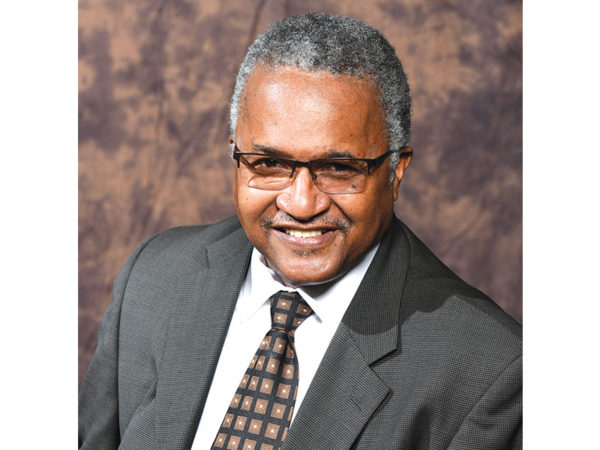Does school seem to start earlier each year and gobble up the traditional three-month summer break? If you say yes, it’s because it’s been over 30 years since teachers and students actually enjoyed a three-month summer break.
For many local teachers, the traditional three-month summer vacation is nostalgia.
For local educators, what was once a nine-month teaching year, now covers ten months for the same money.
Generally, teachers are paid for a nine-month year (182 days), and their annual salary is prorated over 12 months. That gave birth to the myth that teachers have a three-month vacation. Up until the 1990s school began in September and ended in May. After a three month break, they returned the day after labor day.
Then things changed. Every two years or so, it appeared that the first day of school came earlier. At first, it was the last week of August, then mid-August. This week, parish and city teachers in our area reported to work on August 5th, completely wiping out a whole month of their fabled three-month vacation.
In the city system starting school a month early creates salary confusion for teachers. Since city school teachers, according to Phedra Brantly, Human Resources officer for the city schools, have the option of prorating their pay over nine months or twelve, many teachers believe the compensation they receive each month during summer months is based on their nine-month contract.
When they report a month earlier, they are confused if they do not receive extra pay for what has essentially become an extra month with the same pay.
According to Regina Mekus, director of Business for the parish schools, parish teachers are not considered nine-month or ten-month employees, but teachers are paid a salary that is based on 182 days a year (for nine-month employees).
In the old days, the same 182 days began in September and ended in May. There was a week off for Thanksgiving, two weeks for Christmas, Washington’s Birthday and a week off for Easter or Spring break.
Mekus says because state testing happens in April, school systems are backing up their school starting dates to have more instructional days before the test.
What happens after the April state tests? For many schools, it means a month of remediation, field trips, and babysitting until school ends in May. However, because teachers are paid by the number of days, not months, school districts can pack another month into the school year at the same cost.
What’s different in calendars are more breaks that now include: Columbus Day or Fall Break, Thanksgiving, Christmas, King Holiday, President’s Day, Spring Break, and Easter Break. There are also professional development days, which are included in the 182 teaching calendar days.
The calendar is extended to cover more than 200 calendar days, but teachers are paid for only 182. In real-time, teachers serve an additional month (20 days) for which they are not paid.
Using this method, school districts can continually back up the first day of school, stuff in another break or two, and start school in July (220 days) but teachers would still be paid for only 182 days.
No matter how many breaks, or holidays appear in a school calendar, those days are not “Paid” days. Teachers are only paid for instructional days and professional development days, 182 in all.
It would appear that since the 182 days are based on the traditional nine months, that a teacher’s contract should be for 182 days OR nine months. If the system starts school early and add another month of school, the number of working days in the new month should be added to their pay.
If that’s not done, then theoretically, school could begin on June 1 through May 30 and teachers would still be paid for only 182 days.
It won’t happen until teachers refuse to sign contracts unless they are provided pay extensions for added calendar days as the school year starts earlier and earlier.
Will it happen?
Don’t hold your breath.


